Growth in Cement Production
The Refractory Bricks Market is significantly influenced by the cement production sector, which is witnessing robust growth. As construction activities ramp up, the demand for cement has escalated, leading to increased utilization of refractory bricks in cement kilns. These bricks are crucial for lining kilns, where they endure high temperatures and chemical attacks. Recent statistics reveal that the cement industry is projected to grow at a rate of 5% per year, further driving the need for durable refractory materials. This growth not only enhances the market potential for refractory bricks but also emphasizes their critical role in ensuring the efficiency and longevity of cement production processes within the Refractory Bricks Market.
Expansion of Glass Manufacturing
The Refractory Bricks Market is poised for growth due to the expanding glass manufacturing sector. Glass production requires high-temperature processes, necessitating the use of specialized refractory bricks that can withstand extreme thermal conditions. As the demand for glass products increases, particularly in packaging and construction, the need for reliable refractory materials becomes paramount. Current trends indicate that the glass industry is expected to grow at a compound annual growth rate of around 3.5%, which will likely bolster the demand for refractory bricks. This expansion highlights the essential role of refractory bricks in maintaining the efficiency and safety of glass manufacturing processes, thereby reinforcing their significance in the Refractory Bricks Market.
Rising Focus on Energy Efficiency
The Refractory Bricks Market is increasingly influenced by a rising focus on energy efficiency across various industrial sectors. Companies are actively seeking ways to reduce energy consumption and operational costs, leading to a greater emphasis on high-performance refractory materials. Refractory bricks that offer superior insulation properties can significantly enhance energy efficiency in high-temperature applications, such as furnaces and kilns. As industries strive to meet sustainability goals and regulatory requirements, the demand for energy-efficient refractory solutions is expected to grow. This trend not only supports the market for refractory bricks but also aligns with broader environmental initiatives, thereby reinforcing the importance of these materials in the Refractory Bricks Market.
Increasing Demand from Steel Industry
The Refractory Bricks Market is experiencing a notable surge in demand, primarily driven by the steel sector. As steel production continues to expand, the need for high-performance refractory materials becomes critical. Refractory bricks are essential in steelmaking processes, particularly in blast furnaces and ladles, where they withstand extreme temperatures and corrosive environments. Recent data indicates that the steel industry accounts for a substantial portion of refractory brick consumption, with projections suggesting a growth rate of approximately 4% annually. This trend underscores the importance of refractory bricks in maintaining operational efficiency and product quality in steel manufacturing, thereby solidifying their role in the Refractory Bricks Market.
Technological Innovations in Refractory Materials
The Refractory Bricks Market is benefiting from ongoing technological innovations that enhance the performance and durability of refractory materials. Advances in material science have led to the development of new formulations and manufacturing techniques, resulting in refractory bricks that offer improved thermal resistance and longevity. These innovations are particularly relevant in industries such as metallurgy and ceramics, where the operational demands are increasingly stringent. The introduction of advanced refractory solutions is expected to drive market growth, as industries seek to optimize their processes and reduce downtime. This trend indicates a shift towards higher-quality refractory products, which could reshape the competitive landscape of the Refractory Bricks Market.


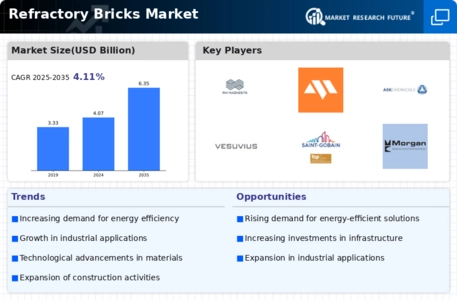
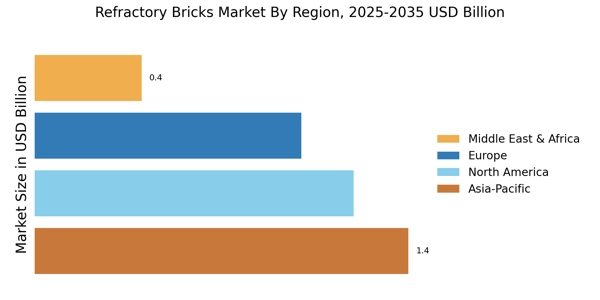
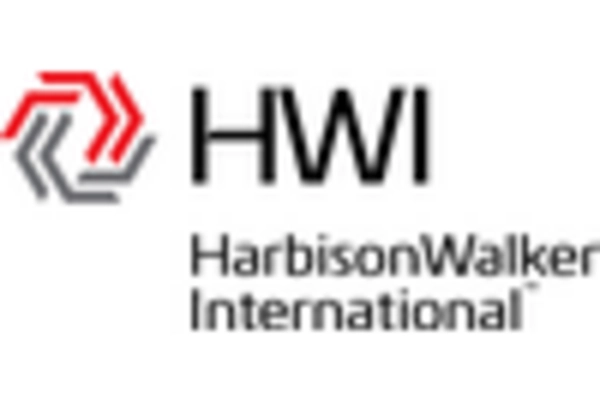
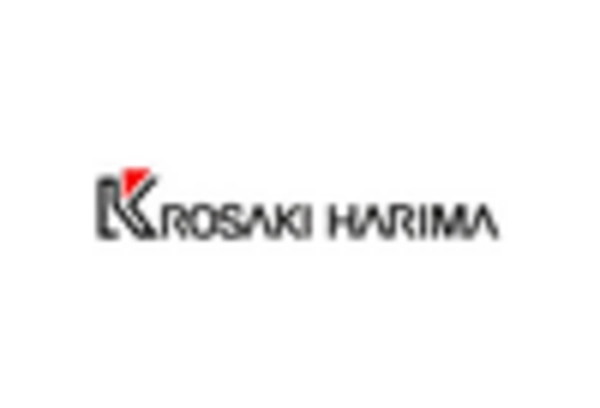
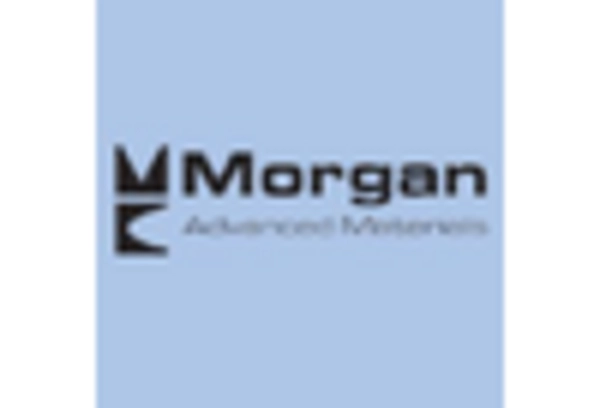











Leave a Comment